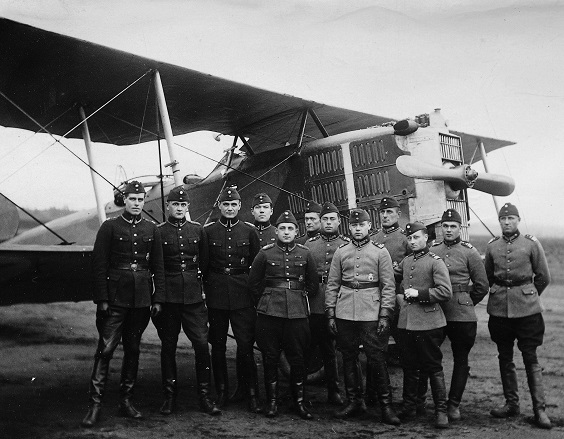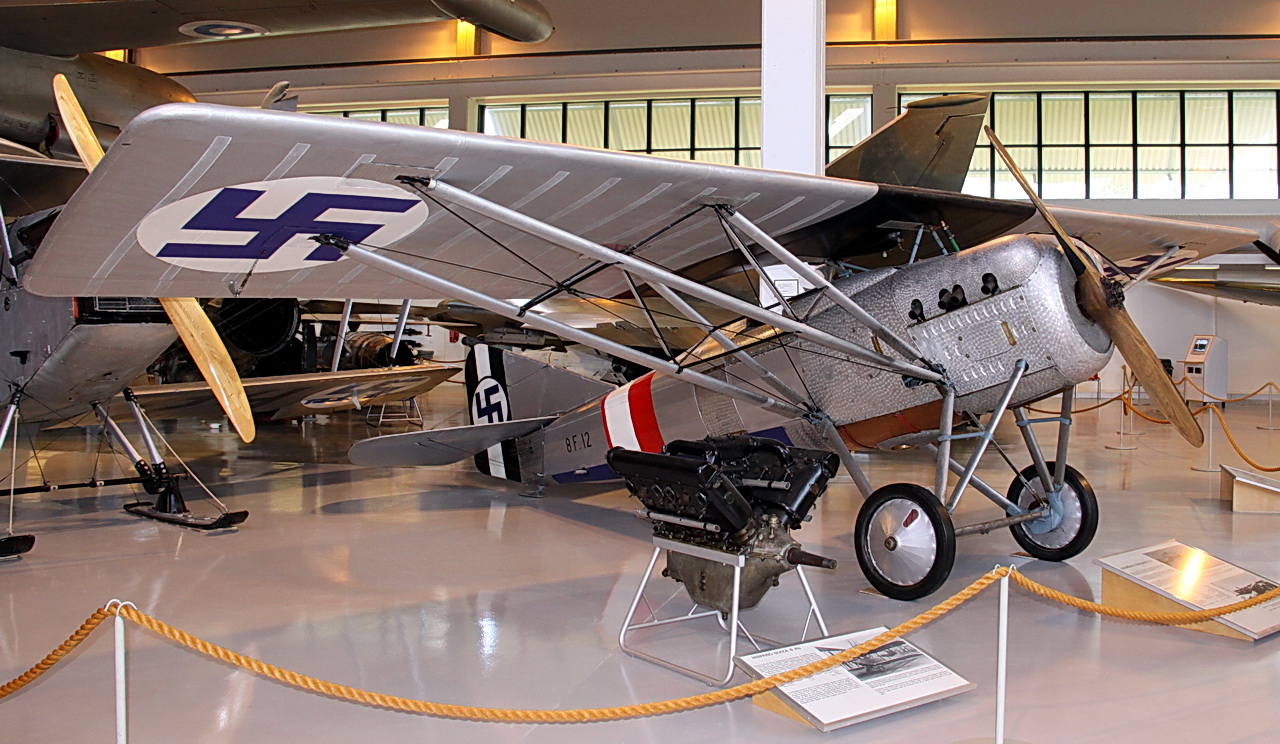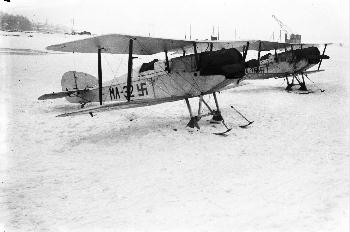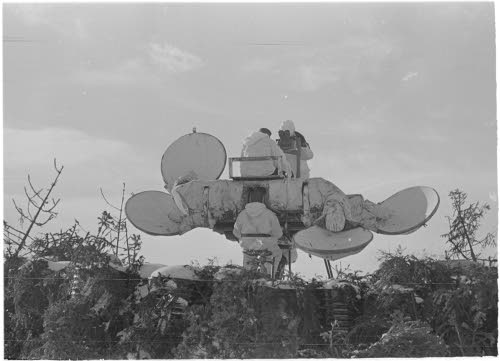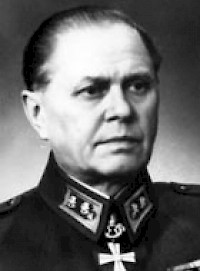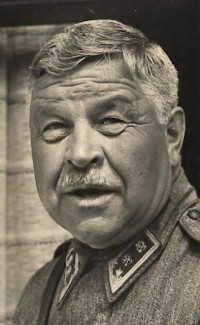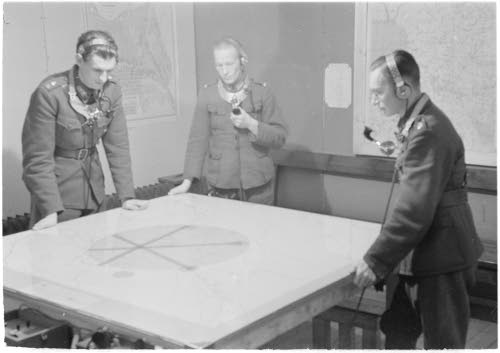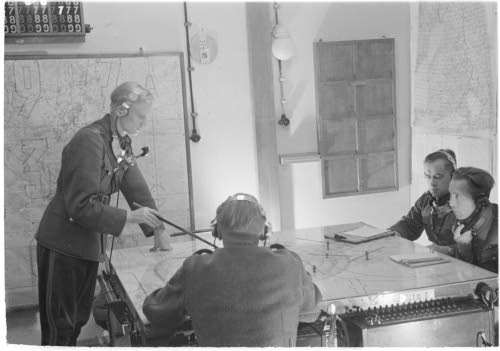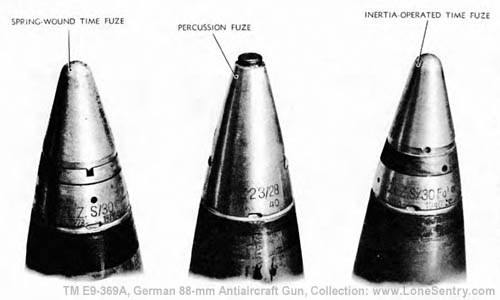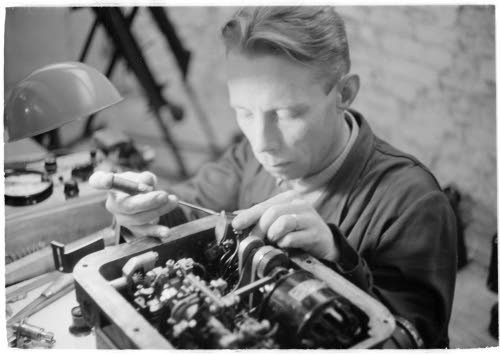Nice work, changes are already happening, and it will be very interesting to see just how different Finnish military is in 1939, when compared to the OTL.
In regards to the last chapter, I do wonder will their use of Light AA as AT weapons perhaps make them consider using heavier AA guns (3 inch ones) as AT weapons as well? They would be well suited for the task, due to their high muzzle velocity and flat trajectories, and developing a suitable AP projectile should not be out of Finns reach. Of course, ideally guns used in such a manner will need a suitable, purpose made AT mount, but perhaps they will have learned their lesson with Madsen 20mm, and make a dedicated AA and AT mount both. If a potential of using a 3 inch gun as an AT piece is recognized early enough, we could possibly see Finland enter the Winter War with some of the best AT guns in the world, though I am not really certain about what numbers we may be talking about.
This is still in late 1920's, Vickers Medium Mark II and Vickers Independent basically represent pinnacle of development, and Finnish military believes tank threat to be rather low - as they did believe until very late in 1930's despite having basically same tanks Soviets were using, Vickers 6 ton and Carden-Lloyd, for trials. But as for future, who knows yet?
Another problem, which has been mentioned already in this TL is the problem of mobility that Superheavy, and to a lesser degree, Heavy AA guns have. Even if these weapons do not need to be moved about constantly, some work could be done in regards to that, by procuring dedicated artillery tractors, either wheeled, Half or fully Tracked. These same vehicles could pull double duty as Heavy Industrial/Commercial vehicles, seeing use in both Forrestry and Mining. Same problem will have to be adressed with Field AA and AT weapons, as they are certainly going to grow in size and weight, and Horsepower and Manhandling can only do so much. So there is a possibility that Finnish military is a bit more motorized then it was OTL, if only in regards to its various support branches, caused by the much capable, larger and heavier guns they are lugging around. Some sort of subsidy system could perhaps be of use there, with the state subsidysing suitable tractors and trucks, which could then be taken into military service in times of need.
Lastly, conventional artillery may also benefit immensely, due to dedicated production facilities being established for AA artillery production. Even a several more batteries of modern heavy and medium artillery could really be of an immense value to the Finns once Soviets come, especially if they also have suitably high stocks of munitions to go with them. Larger industrial facilites may also mean that production of other war related material is also increased ITTL, again benefiting Finns in their struggle..
Yes, although I try to operate as much with historic funding available. The problem with mobility of heavy artillery also is due to poor state of Finnish road network, which will improve, though. In general, mechanization was a lost cause for Finnish military and civilian life. As for improved production, you're on the right track. Historically Finnish artillery production of AA and field guns only started in late 1930's...
